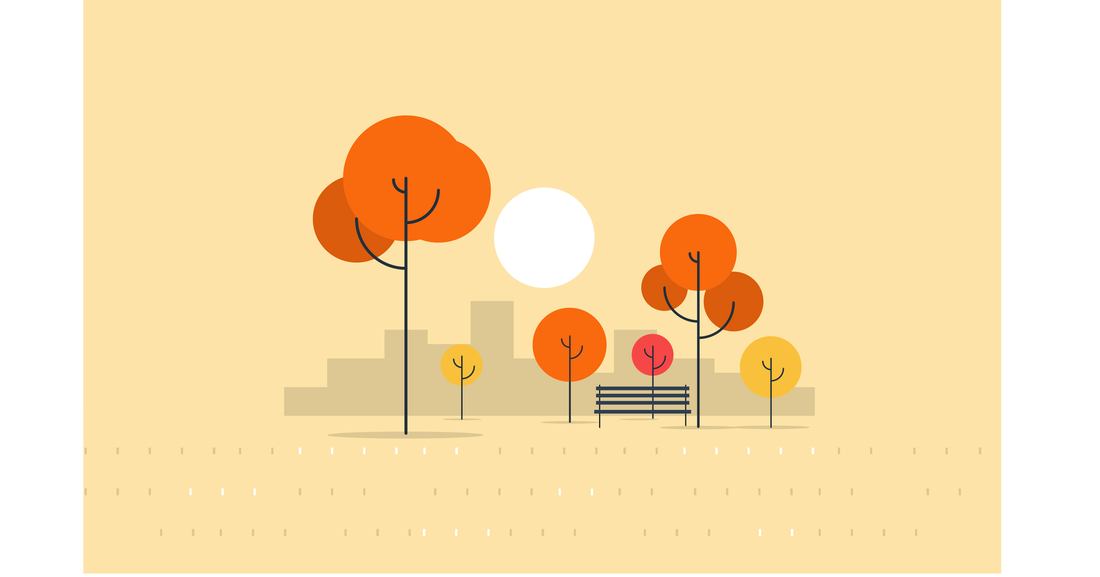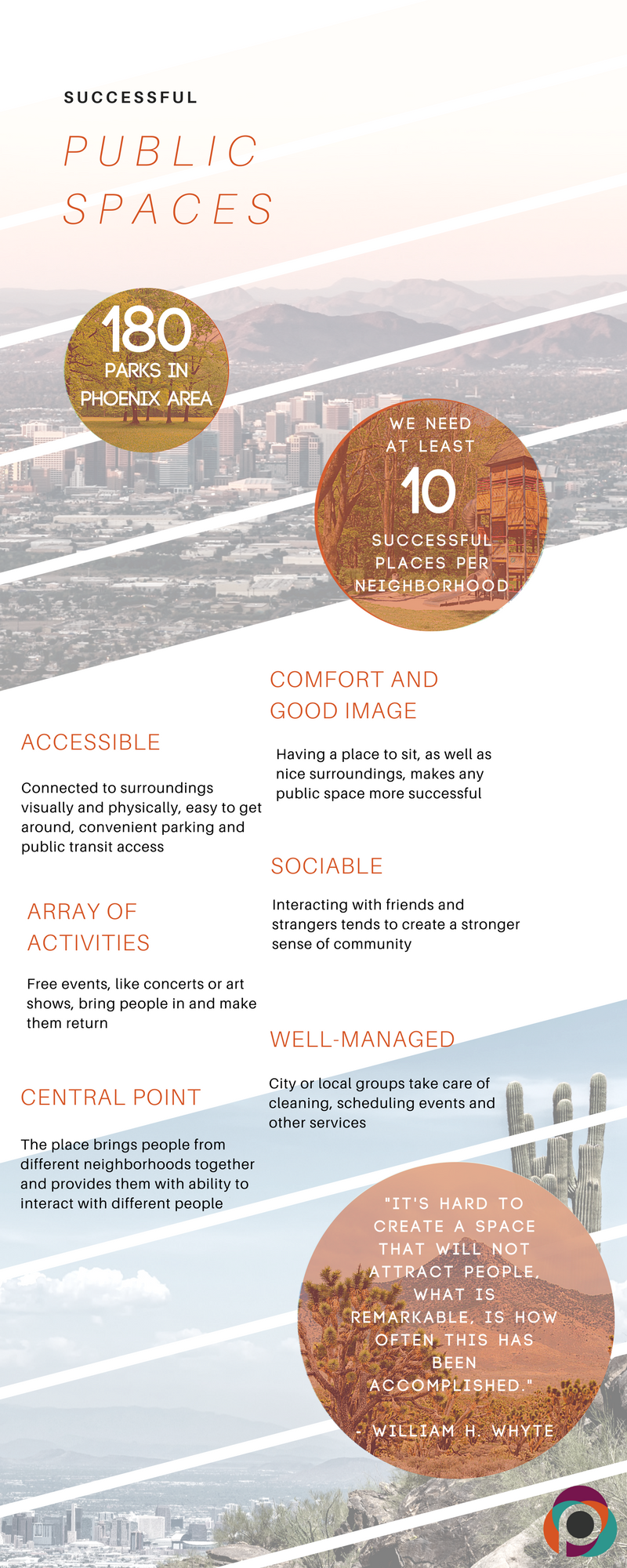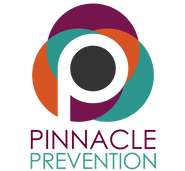|
A big part of our work here at Pinnacle Prevention is ensuring that all Arizonans have access to safe places to stay active, connect with their communities and soak up the benefits of open and public areas. That’s why we’re taking a deeper look into the benefits of public spaces this month, and spending some time to share inspiring discussions, resources and projects across our state and country. Increasingly, public spaces are being recognized as crucial ingredients for developing successful cities. They can generate economic and social development opportunities, and developing these places is a great way to cultivate a community’s identity through positive change. A city or town that provides its communities with public spaces is providing its residents with places to meet new people and see old friends, places to have events, places to encourage culture, and ultimately, places to stay active and enjoy themselves! One of the most notable benefits of public places is that they foster relationships in communities in various ways. From the very first steps of creation, these spaces bring people together. Even during the planning and development process, public spaces often provide a way for people to meet and discuss their ideas in meetings and public hearings surrounding the development of a public space. It can be very powerful when a community comes together and agrees on an idea for a new project or area; it allows people to explore, enhance and even reimagine their community’s identity. Once the place is built and the community’s idea becomes a reality, it is a tangible representation of their agreement, as well as a place packed with benefits for years to come. The more apparent ways public places build relationships come after they are constructed and open for use. There are numerous types of public space, with many different aspects and features. For instance, plazas are not the same as parks and beaches are not the same as streets, but each of these examples are often open for public use. Public places often lend themselves to various uses. Since these spaces serve so many diverse purposes, it is important to have a variety of them dispersed throughout the larger community. This ultimately makes people more likely to go out and use these vital places, which contributes to building healthy communities and healthy people. Not all public places are created equal, however. Some parks are more successful than others, and some plazas are packed with people while others are quiet and empty. So what does it take to create a successful place? Project for Public Places has a useful diagram for evaluating how successful a public place is. They evaluated thousands of public places around the world, and found that successful places generally share four key qualities:
If you’d like to learn more about what makes a great public place, you can find more resources and examples from Project for Public Spaces. Check out the graphic below for some characteristics and features of great places. Whether they are as small as a community garden plot, or as large as a sprawling city park, public places help to build healthy, happy and engaged communities. Stay tuned to our blog, Facebook and Twitter throughout April for more discussions about projects, ideas and inspiration surrounding open, community-centric space!
1 Comment
4/18/2019 07:32:29 am
Your work is very inspiring. This article is material that is absorbing and interesting. I think this is A+ content.
Reply
Leave a Reply. |
Pinnacle Prevention BlogFollow our blog for tips, insights and conversations about healthy living. Archives
June 2024
Categories
All
|
Location |
|



